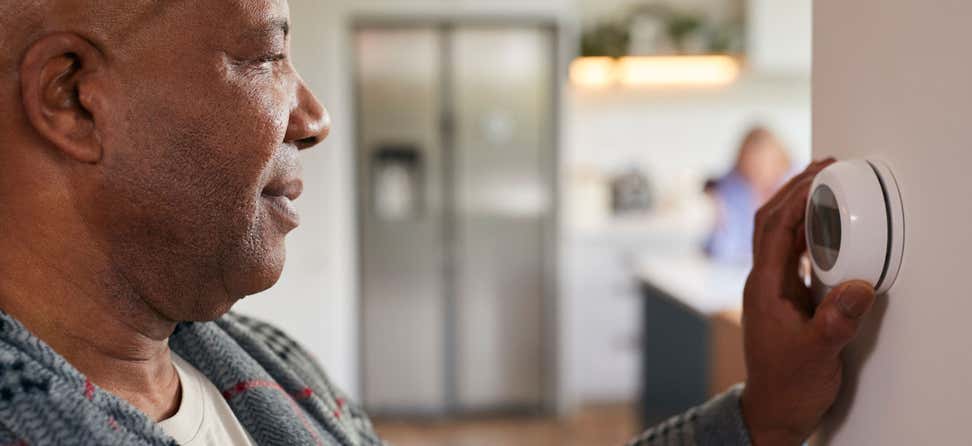Key Takeaways
Recruiting retired professionals as volunteers helped one BEC to build trust among older adult clients.
Using a peer-to-peer approach can be a successful complement to staff handling benefits outreach and education.
LiveOn New York, an NCOA-supported Benefits Enrollment Center (BEC) in New York City, set out to address underutilization of benefits in specific low-income areas of the five boroughs of New York City. The BEC contracted with ReServe, Inc. to hire highly-trained retired professionals as peer-to-peer volunteers to assist with outreach and enrollment of potential BEC clients.
Who was the target audience?
The target audience of the BEC’s work were immigrants, minority communities, homebound individuals, non-English speakers, and adults living with disabilities.
What did they do?
The BEC used carefully selected retired professionals to educate older adults about core benefits at their 35 sites around New York City. When an older adult arrived at one of LiveOn’s outreach sites, a well-trained volunteer contracted through ReServe, Inc. greeted the individual warmly and used a peer-to-peer connection to build trust. Making strong individual connections with seniors enabled the ReServists to de-stigmatize benefits access, by providing facts about the programs, and convincing even the most unsure person that applying for benefits was worth a try.
On the other hand, the ReServists sometimes struggled with some of the technical requirements to assist with online screening and application submission, but responded well to additional training and one-on-one learning opportunities. The peer-to-peer outreach technique was one element of a five-part approach that LiveOn employed, which included homebound outreach, community partnerships, targeted mailings, and grassroots outreach to other community organizations, elected officials, faith-based organizations, and others.
What were the results?
The peer-to-peer volunteer approach was a successful complement to LiveOn's professional staff of social workers and outreach workers. The retired professionals volunteered 10-15 hours per week and were successful at making personal connections with older adults and encouraging more reluctant applicants to make the leap and apply for benefits. They often shared personal stories and connections with the prospective applicants that really broke through the stigma.
When the approach first started, LiveOn was averaging 2,000 benefits screenings per year, but with the expansion of the team of older professionals they complete now well over 3,000 screenings per year!









